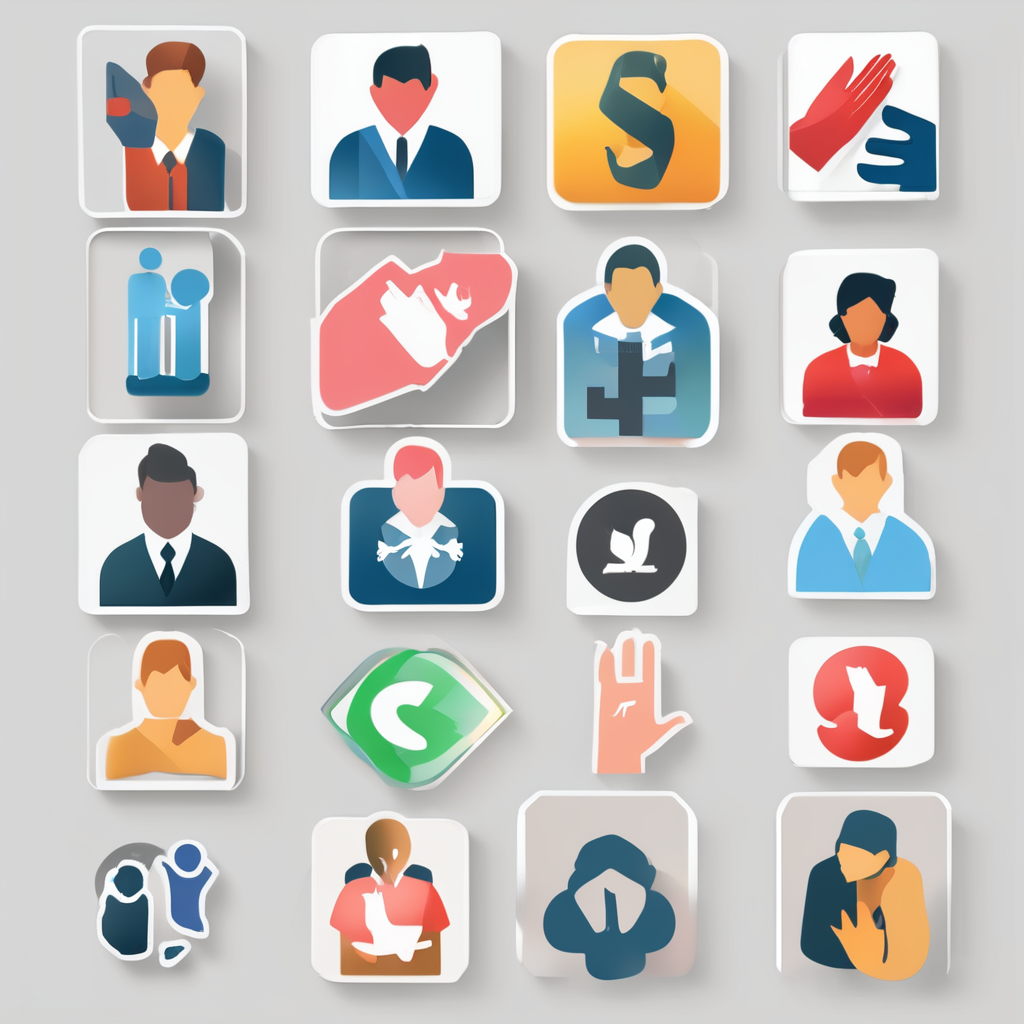Finding Arabic courses that truly engage children can be challenging. The Arabic Club for Kids (TACK) in London combines expert-designed lessons with fun, interactive activities to make learning enjoyable and effective. By involving language specialists and focusing on motivation, TACK helps children develop strong Arabic skills while fostering cultural appreciation and confidence in a supportive environment.
Overview of Inspiring Arabic Courses for Children: Formats, Age Suitability, and Core Features
Children’s Arabic education is now accessible through a diverse range of formats—from dedicated weekend schools and after-school clubs to flexible online courses and immersive summer camps. For families seeking flexible options, enroll your kids in engaging arabic courses for children can mean studying from home or participating in structured in-person lessons. Programs commonly group learners by age: engaging story-based activities suit younger children aged 3-5, interactive games and phonics support ages 5-10, and more formal language programs address the needs of children 10 and older.
Also read : Luxury real estate in chamonix: explore premier mountain properties
Each course builds key language competencies: reading, writing, speaking, and listening form the backbone of every reputable curriculum. Innovative, evidence-based approaches—such as immersion techniques and interactive storytelling—ensure lessons remain fun while boosting retention. For example, digital programs integrate puzzles, songs, and quizzes, while small-group classes often include active role-play and collaborative projects that develop both confidence and skill.
Enrollment is open throughout the year. Families may opt for private tuition or group classes, with frequency and duration adjustable to each child’s schedule. Pricing structures are transparent, whether paid monthly or annually, and parents can often track progress through regular updates, giving children a sense of achievement as they advance.
Also to discover : How is the UK government tackling energy security concerns?
Interactive, Immersive, and Engaging Arabic Learning Experiences for Kids
Fun Arabic learning activities for children 5-10 harness play, teamwork, and discovery. Group tasks help kids memorise vocabulary, connect new ideas, and develop social skills. Games such as memory match, charades, and creative arts integration keep Arabic practice lively and authentic, supporting motivation and retention.
Immersive Arabic speaking practice for kids 3-5 develops real conversational confidence. Teachers encourage children to speak naturally through interactive storytelling, role-play, and daily-use conversations. Using Arabic in context—during snack time, or while engaging in arts—cements fluency for young learners and encourages spontaneous language use.
Engaging Arabic storybooks for kids 3-5 introduce language in context. Themed stories allow children to explore vocabulary, pronunciation, and simple grammar through memorable plots. Digital tools—apps and interactive flashcards—enhance understanding, turning storytime into a multisensory Arabic journey.
Arabic language games for children 5-10 transform study into play, reinforcing core concepts such as numbers, simple phrases, and cultural exposure in Arabic lessons for children. These activities boost enthusiasm and provide a safe environment for trial and error. Incorporating interactive Arabic flashcards for kids 3-5 and digital exercises supports visual learning and enables parents to follow progress.
Creative arts and Arabic learning integration across activities—with songs, crafts, and multimedia—offer diverse ways for every child to excel and enjoy Arabic.
Teacher Expertise, Curriculum Development, and Learning Progress Tracking
Certified Arabic tutors for children play a pivotal role in shaping successful language experiences. These professionals hold specialized credentials and undergo continual development, guided by input from both educational psychologists and language acquisition experts. Their expertise allows the design of a curriculum that respects all arabic literacy development stages in children, from recognizing letters and sounds to constructing sentences and conversing fluidly.
Skill development is assessed using a combination of milestone charts and regular progress reports. Each arabic language learning milestones chart identifies benchmarks—alphabet mastery, basic vocabulary, early reading, and conversational skills—matched with the child’s age group. Structured monitoring ensures that every child moves confidently from one stage to the next. This makes tracking progress in children’s arabic courses systematic and meaningful rather than rigid, with reports providing tangible evidence of learning.
Parent-teacher communication in arabic programs is prioritized to support transparent collaboration. Regular briefings and progress summaries keep families informed, helping them reinforce skills at home. Teachers encourage parental questions and input, believing engagement from home accelerates each child’s achievement across all arabic literacy development stages in children.
Support for Diverse Learners and Long-term Arabic Language Success
Child-friendly Arabic vocabulary building begins with adapting instruction to meet the unique needs of every student. Effective Arabic language programs for kids use interactive, multisensory materials—flashcards, games, and storybooks—helping both enthusiastic learners and those who may feel hesitant. For children with learning disabilities, schools now develop personalized Arabic lesson plans for kids, using visuals, audio support, and individualized pacing. This targeted approach removes barriers, making beginner Arabic lessons for children engaging and accessible.
Research confirms that the benefits of early Arabic exposure are measurable and enduring. Early learners of Arabic achieve stronger cognitive flexibility, memory, and problem-solving skills, and this advantage extends across academic subjects. Exposure through age-appropriate learning materials, songs, and discussion builds the foundation for lifelong literacy and language confidence.
Bilingual education advantages with Arabic include stronger cross-cultural communication, self-esteem, and community belonging. Diverse learning paths—such as online Arabic courses tailored for kids and immersive Arabic language games for children—suit a wide range of backgrounds. Motivating reluctant Arabic learners is addressed with immediate feedback and collaborative classroom games, while ongoing assessment and progress tracking ensure all children achieve language goals over time.








